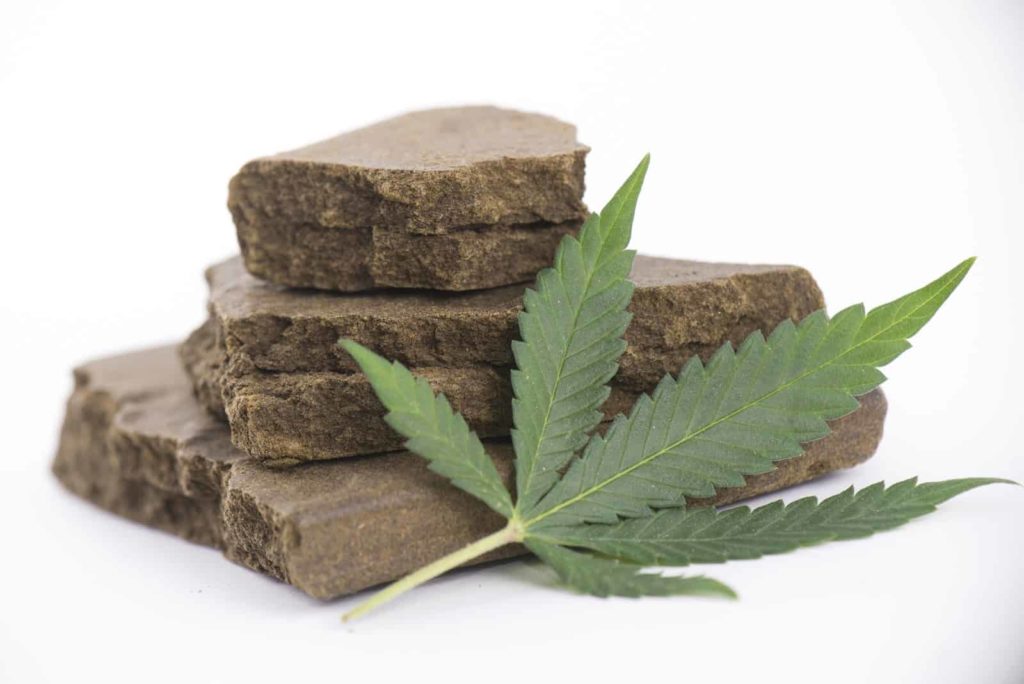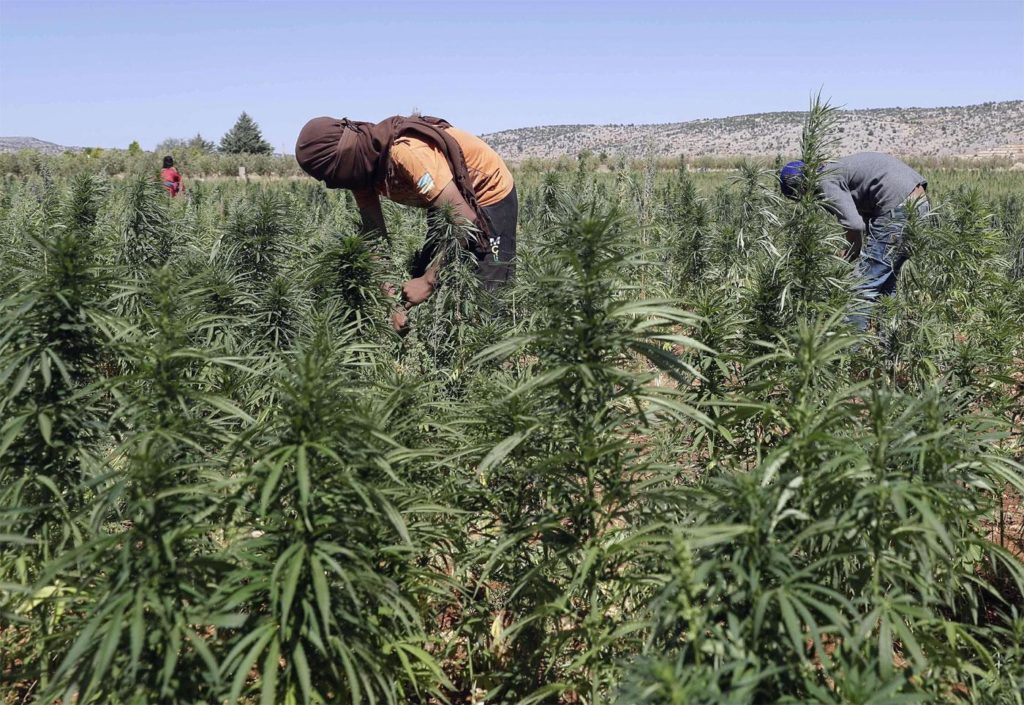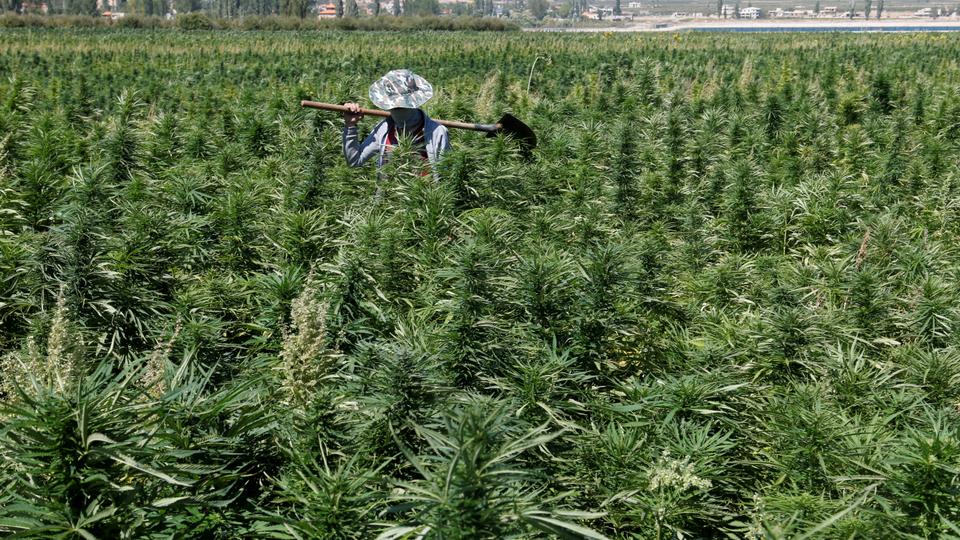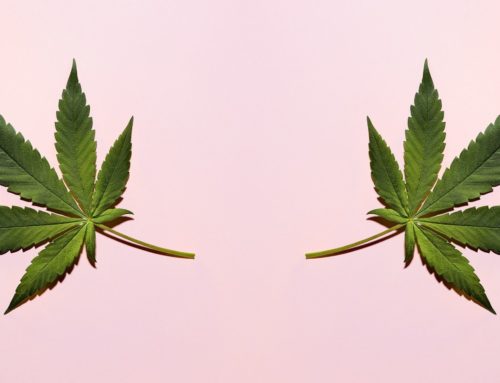From rural Middle East and North Africa to the foothills of the mighty Himalayas, Hashish is produced to be widely enjoyed all over the world. In this article, we take a more in-depth look into the world of Hash, what it is and how it is cultivated.

For starters, Hashish or Hash is an ancient concentrated form of cannabis cultivation that’s been deeply planted in several cultures around the world. All across the ancient world, hash has been produced for centuries, with each region adding its own touch to this highly sought-after plant.
Hashish slowly made its way into Europe and has gradually become more and more famous there; and today hash is still standing strong as a favourite way to consume cannabis ,mostly due to its unique flavour, consistency and texture, and its wonderful effects.
Speaking with an experienced hashish cultivator from Lebanon, a country famous for its top quality Hash, we got an overview on how Hashish is produced and perfected.
At the end of the mediterenean Autumn, the earth is plowed and left to rest for around 4 to 5 months, and at the start of the Spring season, the land is planted with a significant amount of seeds and is thoroughly plowed in order to make sure that the soil is ready and the water will be well absorbed by the earth during irrigation.
After the seeds sprout, the farmers make sure to remove all the harmful plants that have sprouted and only leave the good ones, and this is where the irrigation processes begin.
The process of irrigation is done according to the nature of the land (humidity, elevation, plant thirst, etc..). Usually after 8 months, the farmers remove the male plants but might leave some of them scattered across the field.
The forming of the resin starts usually at the end of the 8th month where the climate begins to cool down, especially at night-time. A month after that is when the harvesting starts. Typically, farmers start to harvest when they see the colours of the plants turn to a golden yellow and the leaves start falling off the plants. This means that the plant has reached maturity and is ready to end its life cycle.
After harvest the plants are then dispersed in the fields and left to dry exposed to sunlight for up to 7 days. During this time, the plants dry up and turn stiff.
From the fields, the plants are then transported to enclosed spaces and are left there for 3 more months, until the 12th month, that is when night temperatures drop significantly and vary heavily with day temperatures.
In these spaces, the process of separating materials from wood or separating leaves and tops (buds) bearing resin from wood begins. Workers start hitting the plants using a large fork-like tool to separate the wood material from the leaves and flowers that carry the resin.

After separation, the screening process is carried out by machines equipped with multiple sieves where the seeds are separated from the resin and the other materials, known as hemp straw.
They are very fine sieves that allow only the resin to pass through and subtract the crushed leaves and ultimately separate the resin from other materials.
This in turn is pressed into what we call Hashish, where we can see several different iterations and varieties. Some turn out dark and sticky, while others turn out soft and blondish.

Make sure to follow our accounts below to stay up-to-date with everything!
Stay tuned to this website for more updates and news related to cannabis!







Testing
Testing 2